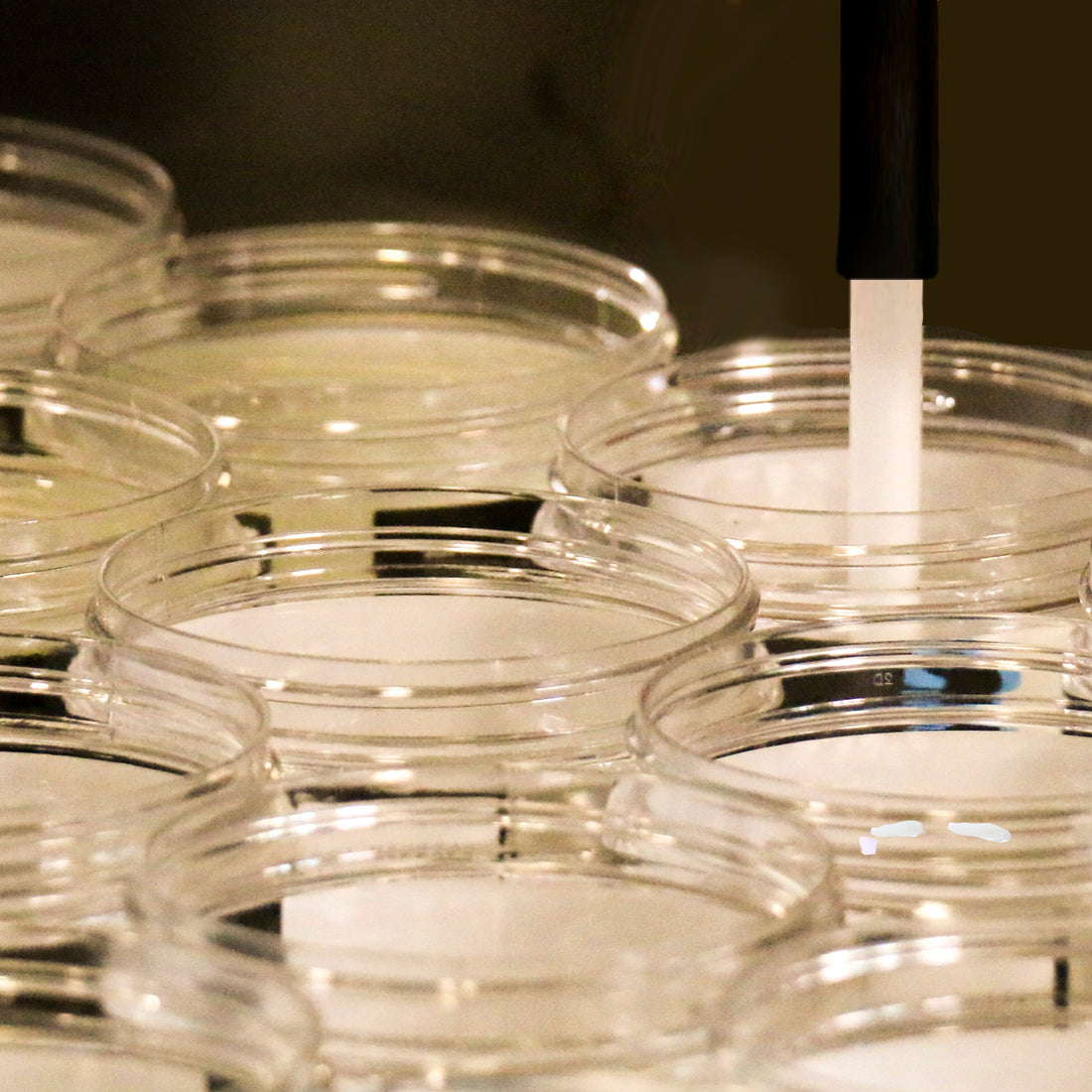Toxic Ingredients in Emollients: What to Avoid
When it comes to reading the labels on emollient creams, lotions, and other skincare products, you may see mineral oil and chemical preservatives like Parabens and DMDM Hydantoin and not think twice about the potential negative consequences. But you should. These chemicals build up in the body with repeated exposure, both to the therapists and the patients they treat.
First, what is an emollient? It’s a substance designed to soften and hydrate the skin, reducing dryness and irritation– making it an essential tool for both therapists and patients. Second, have you ever wondered about the ingredients in your emollients, creams, and lotions? Let's take a closer look at what’s actually in many emollient creams on the market:

Parabens: Hidden Hormone Disruptors in Your Skincare
Believed to disrupt hormone function by mimicking estrogen, parabens can trigger an increase in breast cell division and growth of tumors. This has been linked to breast cancer and reproductive issues.
Polysorbate 60: A Carcinogen Hiding in Your Products
Contains 1, 4-dioxane. According to the National Toxicology Program, 1, 4-dioxane is reasonably anticipated to be a human carcinogen. It has also been linked with skin allergies.
Phenoxyethanol: A Common Cause of Skin Sensitivities
Known to cause allergic-type reactions on the skin in some people, studies have shown humans can experience skin irritation, rashes, eczema, & hives.
Disodium EDTA: How It Disrupts Your Body's Mineral Balance
It is believed to be dangerous when there is an excess in the bloodstream as it can bind with potassium, increasing the concentration of the mineral to be flushed out through kidneys.
Methylisothiazolinone: A Preservative with Toxic Consequences
A preservative found in many liquid personal care products and has been linked to lung toxicity, allergic reactions and possible neurotoxicity.
DMDM Hydantoin: The Silent Formaldehyde Releaser
Slowly releases toxic formaldehyde into your skin. Japan banned DMDM Hydantoin because it causes irritation in the lungs, skin, and eyes.
Iodopropynl Butylcarbamate: A Threat to Reproductive Health
Suspected gastrointestinal and liver toxin, it is thought to present risks to human reproduction & development. It is linked to potential for reduced fertility and increased risk of pregnancy problems and birth defects.
Sodium Lauryl Sulfate: The Harsh Cleanser That Does More Harm Than Good
Strips the skin of its natural oils and causes dry skin, irritation and allergic reactions. Can also cause the skin to become oilier as it overcompensates for the loss of natural skin oils.
Mineral Oil: A Pore-Clogging Petrochemical with Environmental Costs
Mineral oil is a petrochemical. It is made from refined crude oil and is known to clog the pores and trap impurities on the skin. The industrial process of harvesting crude is linked to several environmental impacts such as water pollution, air pollution, climate change and loss of natural resources.
A Safe and Effective Choice
So, what is an emollient that actually works without unnecessary additives? HawkGrips is proud to manufacture our emollient cream without the use of harmful chemical preservatives. Unlike other emollient creams, our proprietary formula is infused with natural shea butter and synthetic beeswax, making it both hypoallergenic and cruelty-free. This safe combination creates the perfect surface viscosity for therapists performing all types of soft tissue treatments.
If you’re looking for an emollient that provides optimal glide without toxic ingredients, HawkGrips Emollient is the answer. Choosing the right emollient cream can make a difference– in treatment effectiveness but also in skin health.

